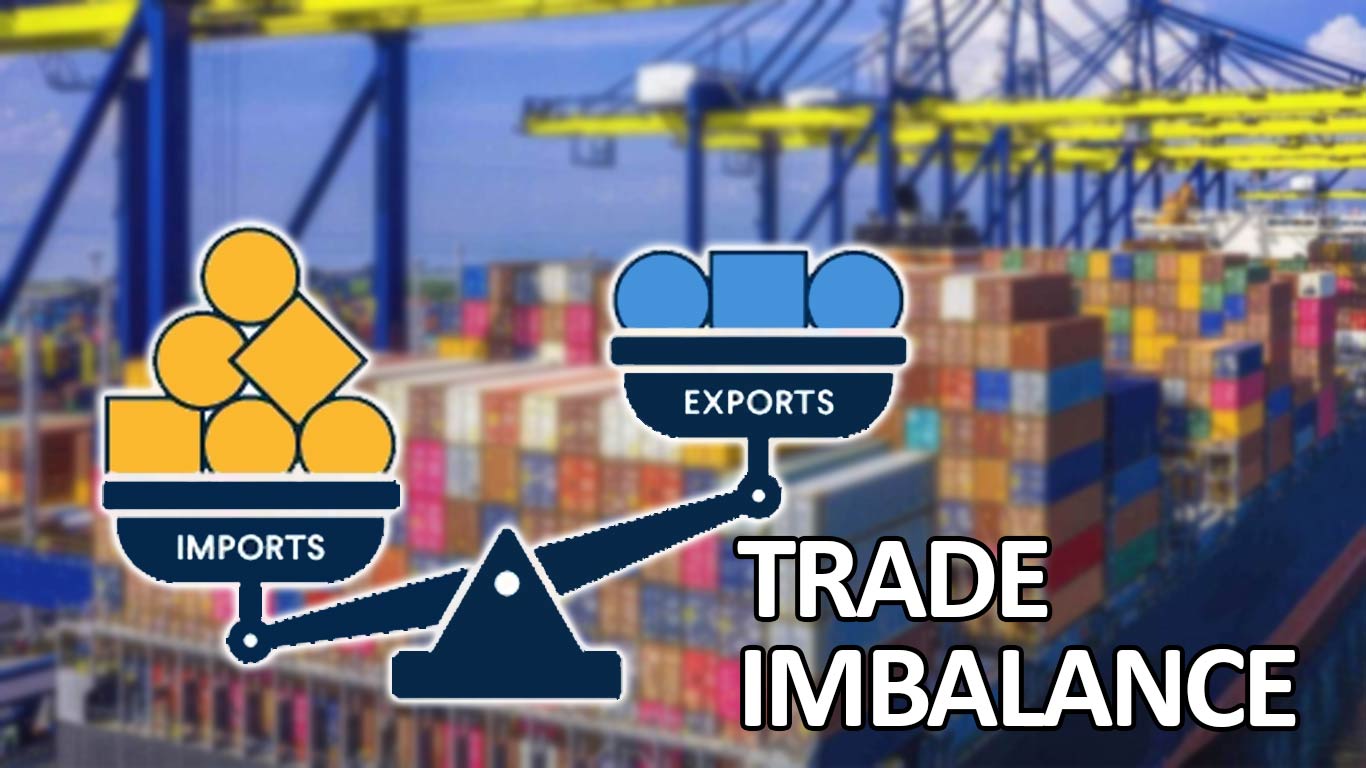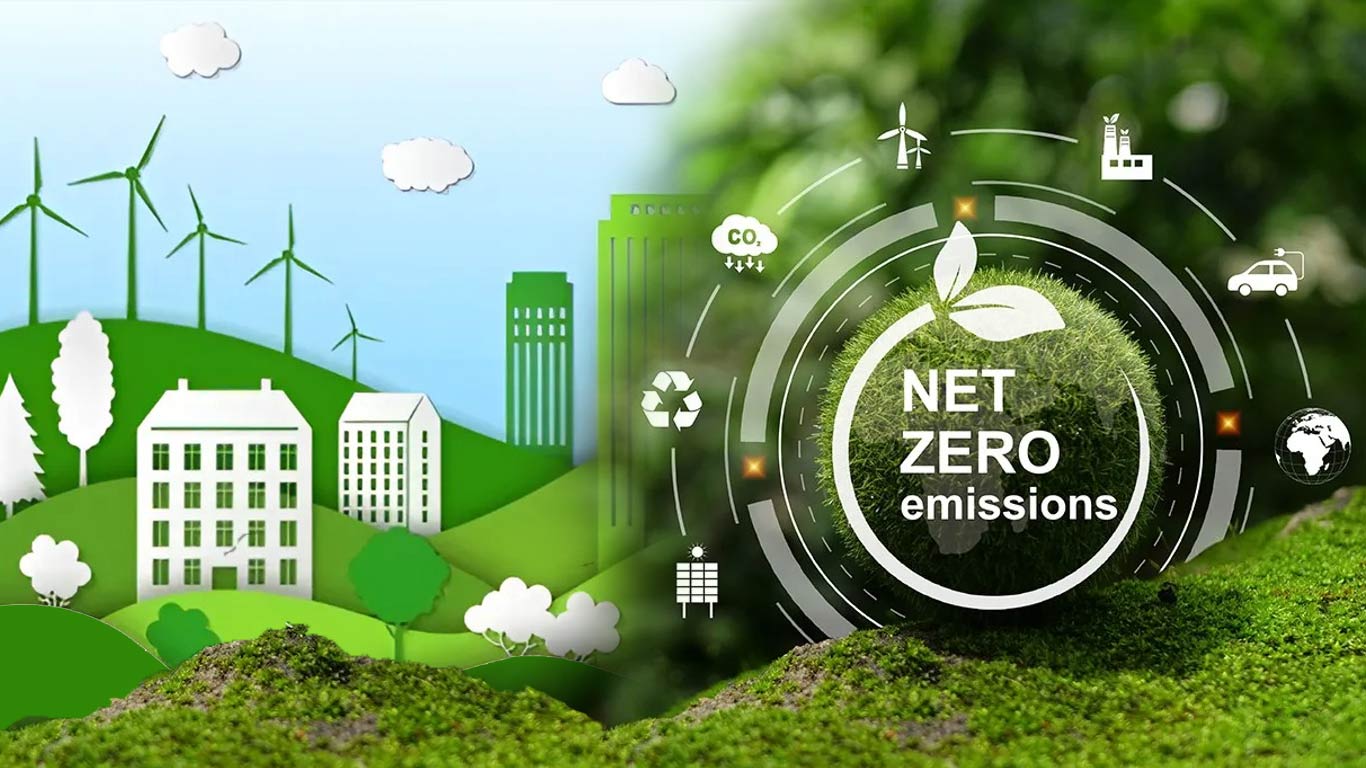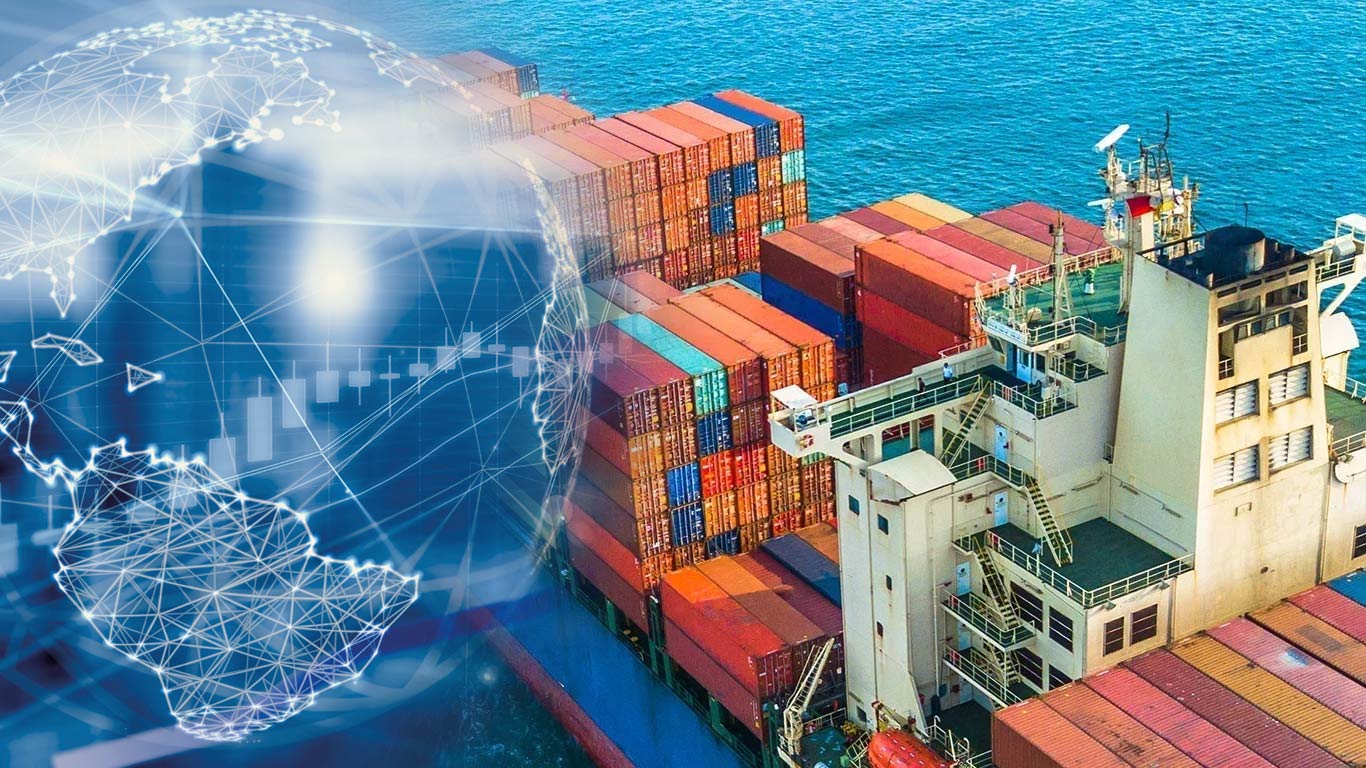Inclusive cities can reduce poverty & increase livability
Updated: Oct 22, 2013 03:16:31pm

A World Bank report titled, Urbanization beyond Municipal Boundaries: Nurturing Metropolitan Economies and Connecting Peri-Urban Areas in India, said, “Suburban growth is the signature of India’s urbanization. Rural areas adjacent to India’s major metropolitan cities are witnessing faster economic growth and generating higher employment than the mega-cities.”
Adding 90 million new residents to India’s urban areas during the last decade, the trend is likely to add another 250 million people to its cities by 2030.
The report also examines the phenomenon of India’s rapid suburbanization, looking at its impact on efficiency, inclusion and sustainability. The government of India, it points out has included many of the recommendations in its urban plans.
It was World Bank economist Tara Vishwanath and her team who found most of the growth taking place beyond metropolitan areas. “Early urbanization can be a positive force,” Vishwanath said. “There is room to look at policies and improvements that fully capture the benefits of growing cities.”
The World Bank team worked for two years with the country’s foremost urban experts from government, academia, and the private sector to address areas with the greatest impact on urbanization: land reform, infrastructure, and transportation.
The initiative was timely as the government had just passed land reform legislation for the first time in a century and was developing its 12th five-year plan, which includes new urban policies.
The report noted that policies that inadvertently push people and businesses to the suburbs can impose a burden on citizens, especially the poor. Transportation costs between the metropolitan cores and the peripheries are among the highest in the nation. Access to – and the quality of – water, sanitation, and electricity is much worse in the urban periphery than at the core.
However, “With the right policies in place, the faster a country like India urbanizes, the faster it could reduce poverty and increase shared prosperity,” said the World Bank’s country director for India Onno Ruhl. “Experience the world over has shown a crucial link between urbanization and economic growth.”
The new report recommends better coordination between land use and infrastructure, so infrastructure improves as cities get denser. It also cites the need for stronger institutional reforms to help basic service providers recover costs for services and reach poorer neighbourhoods and outlying areas.
Key recommendations in the report include the need to enhance productivity by investing in the institutional and information foundations necessary for land and housing markets to function efficiently, while creating more flexibility for land use in urban areas; improve livability by increasing regulatory transparency to help expand and improve infrastructure services, so providers can recover costs yet still reach poorer neighbourhoods and periphery areas; and improve mobility by investing in connecting metropolitan cores with their peripheries; these areas will attract the bulk of people and businesses over the medium term. Improving connectivity not only facilitates the movement of goods, but eases mobility for people. (KNN/ES)











